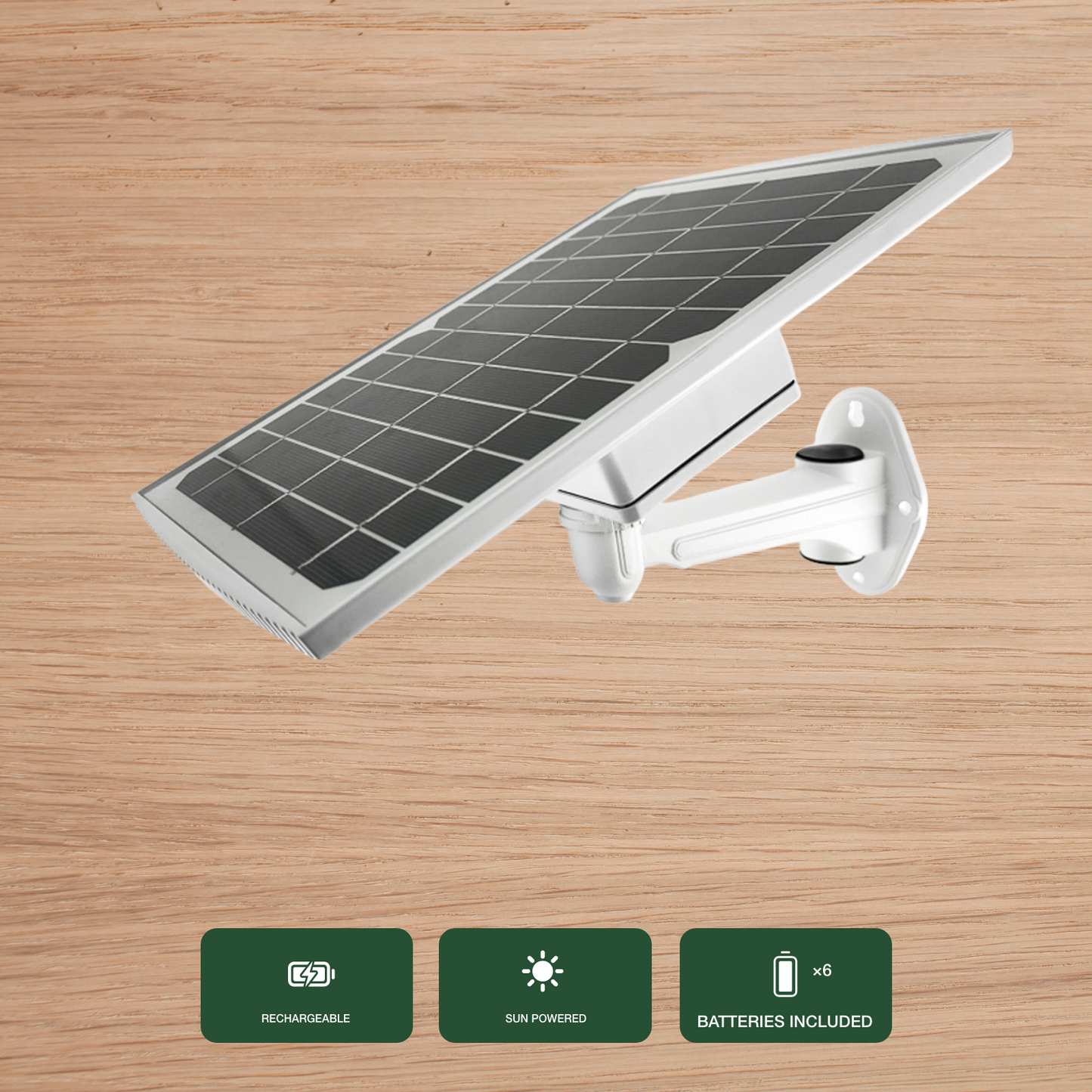The Eurasian blue tit (Cyanistes caeruleus) is a small passerine bird in the tit family, Paridae.
With a colourful mix of blue, yellow, white and green, the blue tit is one the most attractive and recognisable garden visitors.
In winter, family flocks join up with other tits as they search for food. Blue tits love to eat insects, spiders, caterpillars and, outside the breeding season, also eat seeds and other vegetable-based foods.
The birds are famed for their acrobatic skills, as they can hold on to the outermost branches of trees and shrubs and hang upside down when looking for food.
The coal tit (Periparus ater) is a small passerine bird in the tit family, Paridae.
Not as colourful as some of its relatives, the coal tit has a distinctive grey back, black cap, and white patch at the back of its neck. It has a smaller, slender bill than blue or great tits which means it can feed more successfully in conifers.
A regular visitor to most feeders, they will take and store food for eating later. In winter, coal tits join with other tits to form flocks which roam through woodlands and gardens in search of food.
The marsh tit (Poecile palustris) is a passerine bird in the tit family Paridae and genus Poecile.
The marsh tit is a small, mainly brown bird, with a shiny black cap, dark 'bib' and pale belly. In the UK, its identification is made tricky by the very similar appearance of the willow tit. They're so hard to identify that ornithologists didn't realise there were two species until 1897!
Marsh tits eat insects and seeds, often hoarding food; burying and hiding seeds for a rainy day. The part of their brain which specialises in remembering things (hippocampus) is bigger than a great tit's.
The great tit (Parus major) is a passerine bird in the tit family Paridae.
The largest UK tit, it's green and yellow with a striking glossy black head with white cheeks and a distinctive two-syllable song.
It is a woodland bird which has readily adapted to man-made habitats to become a familiar garden visitor. It can be quite aggressive at a birdtable, often fighting off smaller tits. In winter it joins with blue tits and others to form roaming flocks which scour gardens and countryside for food.
The house sparrow (Passer domesticus) is a bird of the sparrow family Passeridae.
Females and young birds are coloured pale brown and grey, and males have brighter black, white, and brown markings.
These noisy and cheerful little birds have managed to colonise most of the world, often exploiting humans' rubbish and wastefulness.
Monitoring suggests a severe decline in the UK house sparrow population, recently estimated as dropping by 71% between 1977 and 2008 with substantial declines in both rural and urban populations. While the decline in England continues, Breeding Bird Survey data indicate recent population increases in Scotland, Wales and Northern Ireland.
Officially the UK's favourite bird, the European robin (Erithacus rubecula), known simply as the robin or robin redbreast, is a small insectivorous passerine bird that belongs to the chat subfamily of the Old World flycatcher family.
With a distinctive bright red breast, it is familiar throughout the year and especially in winter. Males and females look identical, and young robins have a golden brown breast, instead of red.
Robins eat worms, seeds, fruits, insects and other invertebrates and, despite their sweet appearance, are aggressively territorial and are quick to drive away intruders.

















































